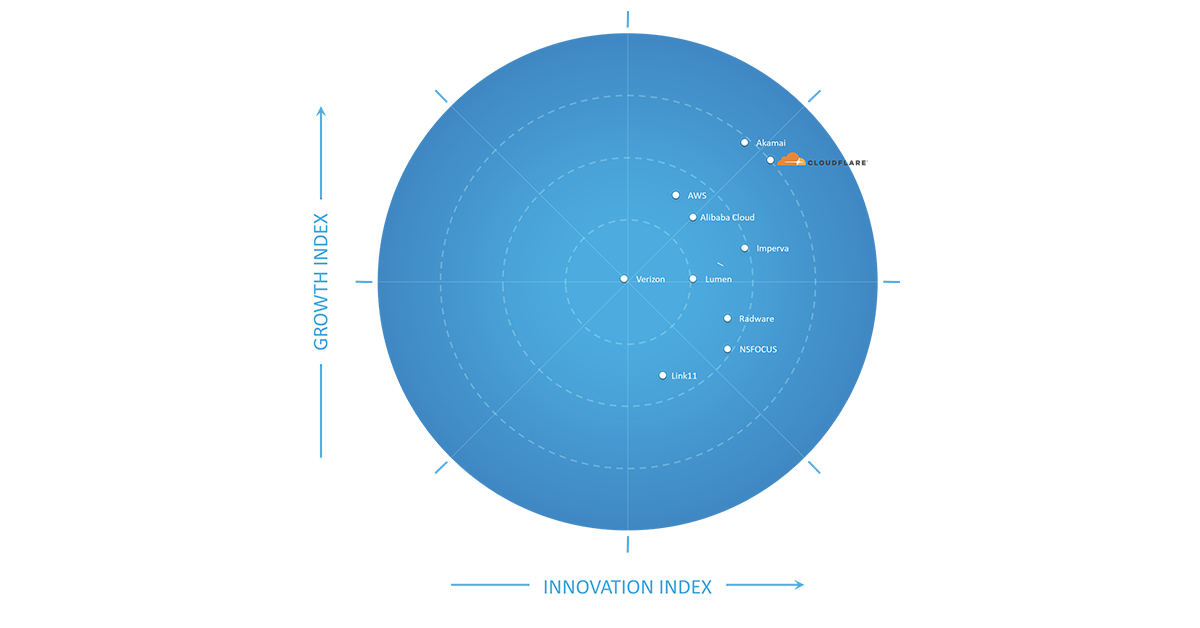Video: Multi-Layer Switching and Tunneling
After discussing the technology options one has when trying to get a packet across the network, we dived deep into two interesting topics:
- How do you combine packet forwarding at multiple layers of OSI stack (multi-layer switching)?
- What happens when you do layer-N forwarding over layer-M transport core where N <= M (example: IPv6 packets over IPv4 packets) aka tunneling?
You’ll find more details (including other hybrids like Loose Source Routing) in Multi-Layer Switching and Tunneling video.
Video: Multi-Layer Switching and Tunneling
After discussing the technology options one has when trying to get a packet across the network, we dived deep into two interesting topics:
- How do you combine packet forwarding at multiple layers of OSI stack (multi-layer switching)?
- What happens when you do layer-N forwarding over layer-M transport core where N <= M (example: IPv6 packets over IPv4 packets) aka tunneling?
You’ll find more details (including other hybrids like Loose Source Routing) in Multi-Layer Switching and Tunneling video.
Addressing 2020
Time for another annual roundup from the world of IP addresses. Let’s see what has changed in the past 12 months in addressing the Internet and look at how IP address allocation information can inform us of the changing nature of the network itself.Webinar: How the Internet Really Works Part 1

On the 22nd, I’m giving a three hour course called How the Internet Really Works. I tried making this into a four hour course, but found I still have too much material, so I’ve split the webinar into two parts; the second part will be given in February. This part is about how systems work, who pays for what, and other higher level stuff. The second part will be all about navigating the DFZ. From the Safari Books site:
This training is designed for beginning engineers who do not understand the operation of the Internet, experienced engineers who want to “fill in the gaps,” project managers, coders, and anyone else who interacts with the Internet and wants to better understand the various parts of this complex, global ecosystem.
IPv6 Buzz 067: IPv6 In The Cloud With Ivan PepeInjak
Today's IPv6 Buzz episode examines the state of IPv6 in the public cloud, including capabilities and limitations with current v6 support in AWS and Azure, ongoing customer demand for v4, and more. Our guest is Ivan Pepelnjak.
The post IPv6 Buzz 067: IPv6 In The Cloud With Ivan PepeInjak appeared first on Packet Pushers.
IPv6 Buzz 067: IPv6 In The Cloud With Ivan PepeInjak
Today's IPv6 Buzz episode examines the state of IPv6 in the public cloud, including capabilities and limitations with current v6 support in AWS and Azure, ongoing customer demand for v4, and more. Our guest is Ivan Pepelnjak.Hedge #66: Tyler McDaniel and BGP Peer Locking
Tyler McDaniel joins Eyvonne, Tom, and Russ to discuss a study on BGP peerlocking, which is designed to prevent route leaks in the global Internet. From the study abstract:
Want to Make the Internet Even Better in 2021? Register for Our Special Edition Community Event

Early last year, as people across the world quarantined to slow the spread of the COVID-19 virus, the Internet became critical to maintaining a semblance of routine and getting the latest lifesaving information. But there was a stark reality. Those without Internet access would have to grapple without this vital resource amidst a global pandemic.
Internet Society volunteers around the world understood the gravity of the situation. They jumped in to enable secure access.
In North America, NYC Mesh, a community network supported by the Internet Society, rushed to connect as many households as they could. While it was still safe to do so, they crossed rooftops to bring connectivity to some of the city’s most underserved.
In Europe, the Internet Society Italy Chapter launched SOSDigitale to mobilize resources and volunteers to respond to urgent technology gaps. The Portugal Chapter followed with their own SOS Digital campaign to donate computers and digital support to at-risk youth.
And in Latin America, residents of El Cuy, in remote Patagonia, Argentina, were able to reduce their potential exposure to COVID-19 via their newly-established community network, accessing medical prescriptions, education, banking, and government resources online.
No one could have predicted the events of 2020. Continue reading
Holistic web protection: industry recognition for a prolific 2020

I love building products that solve real problems for our customers. These days I don’t get to do so as much directly with our Engineering teams. Instead, about half my time is spent with customers listening to and learning from their security challenges, while the other half of my time is spent with other Cloudflare Product Managers (PMs) helping them solve these customer challenges as simply and elegantly as possible. While I miss the deeply technical engineering discussions, I am proud to have the opportunity to look back every year on all that we’ve shipped across our application security teams.
Taking the time to reflect on what we’ve delivered also helps to reinforce my belief in the Cloudflare approach to shipping product: release early, stay close to customers for feedback, and iterate quickly to deliver incremental value. To borrow a term from the investment world, this approach brings the benefits of compounded returns to our customers: we put new products that solve real-world problems into their hands as quickly as possible, and then reinvest the proceeds of our shared learnings immediately back into the product.
It is these sustained investments that allow us to release a flurry of small improvements Continue reading
Why Multi-Cloud Will Dominate 2021
Added cloud architecture will be needed to support the accelerated shift to remote work as many workers remain at home this year.Soar: Simulation for Observability, reliAbility, and secuRity


Serving more than approximately 25 million Internet properties is not an easy thing, and neither is serving 20 million requests per second on average. At Cloudflare, we achieve this by running a homogeneous edge environment: almost every Cloudflare server runs all Cloudflare products.

As we offer more and more products and enjoy the benefit of horizontal scalability, our edge stack continues to grow in complexity. Originally, we only operated at the application layer with our CDN service and DoS protection. Then we launched transport layer products, such as Spectrum and Argo. Now we have further expanded our footprint into the IP layer and physical link with Magic Transit. They all run on every machine we have. The work of our engineers enables our products to evolve at a fast pace, and to serve our customers better.
However, such software complexity presents a sheer challenge to operation: the more changes you make, the more likely it is that something is going to break. Continue reading
Tier 1 Carriers Performance Report: December, 2020
The post Tier 1 Carriers Performance Report: December, 2020 appeared first on Noction.
Beware XML-to-JSON Information Loss (Junos with Ansible)
When you want to transport a complex data structure between components of a distributed system you’re usually using a platform-independent data encoding format like XML, YAML, or JSON.
XML was the hip encoding format in days when Junos and Cisco Nexus OS was designed and lost most of its popularity in the meantime due to its complexity (attributes, namespaces…) that makes it hard to deal with XML documents in most programming languages.
JSON is the new cool kid on the block. It’s less complex than XML, maps better into data structures supported by modern programming languages, and has decently fast parser implementations.
Beware XML-to-JSON Information Loss (Junos with Ansible)
When you want to transport a complex data structure between components of a distributed system you’re usually using a platform-independent data encoding format like XML, YAML, or JSON.
XML was the hip encoding format in days when Junos and Cisco Nexus OS was designed and lost most of its popularity in the meantime due to its complexity (attributes, namespaces…) that makes it hard to deal with XML documents in most programming languages.
JSON is the new cool kid on the block. It’s less complex than XML, maps better into data structures supported by modern programming languages, and has decently fast parser implementations.
Networking and Security are Converging. Are You Ready?
Once you've built a networking solution built on the foundation of security-driven networking—one that weaves security and networking functionality into a single system—you're ready for anything.Cisco adds to its Nexus data-center-management software
Cisco has added support for traditional network environments to the company’s recently available data center-management console.
Introduced in October, Cisco’s Nexus Dashboard melds a number of Cisco’s on-premises, cloud and hybrid fabric-management tools into a single interface to administer application lifecycles from provisioning to maintenance and optimization.
The idea is that the dashboard provides a central platform for data center-operation applications to simplify the operation and management of the applications while reducing the infrastructure overhead to run them, according to Cisco.